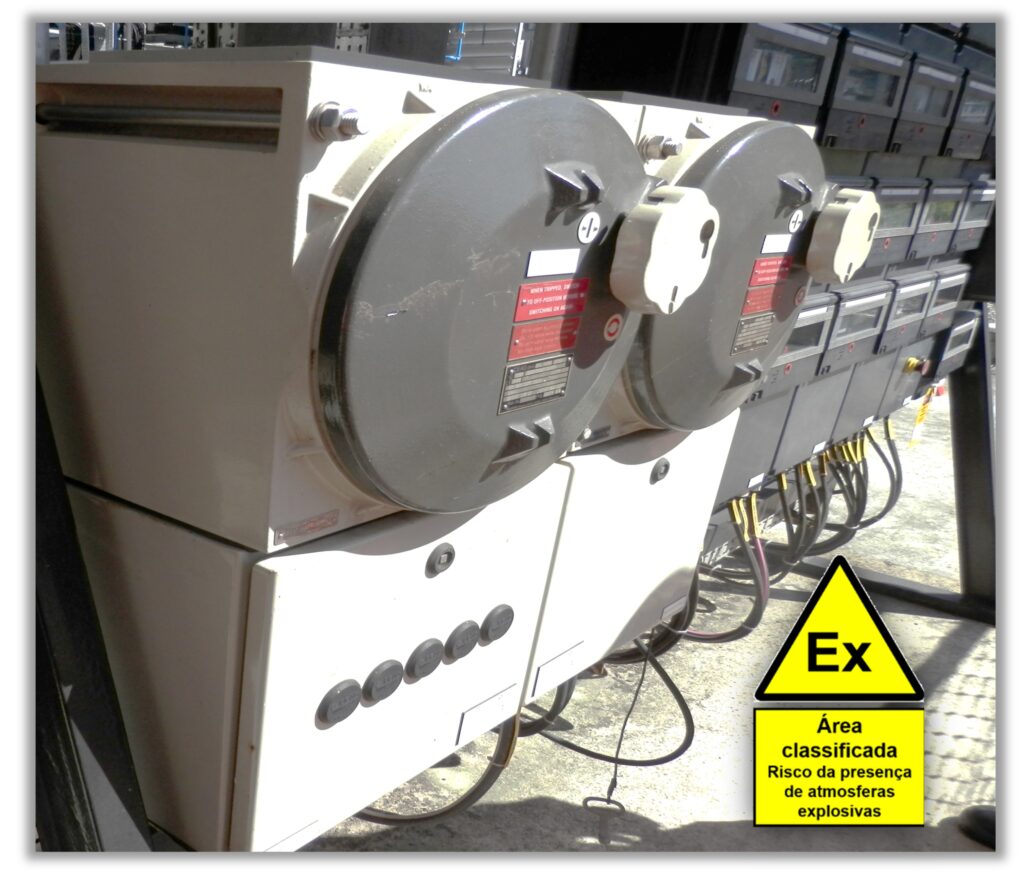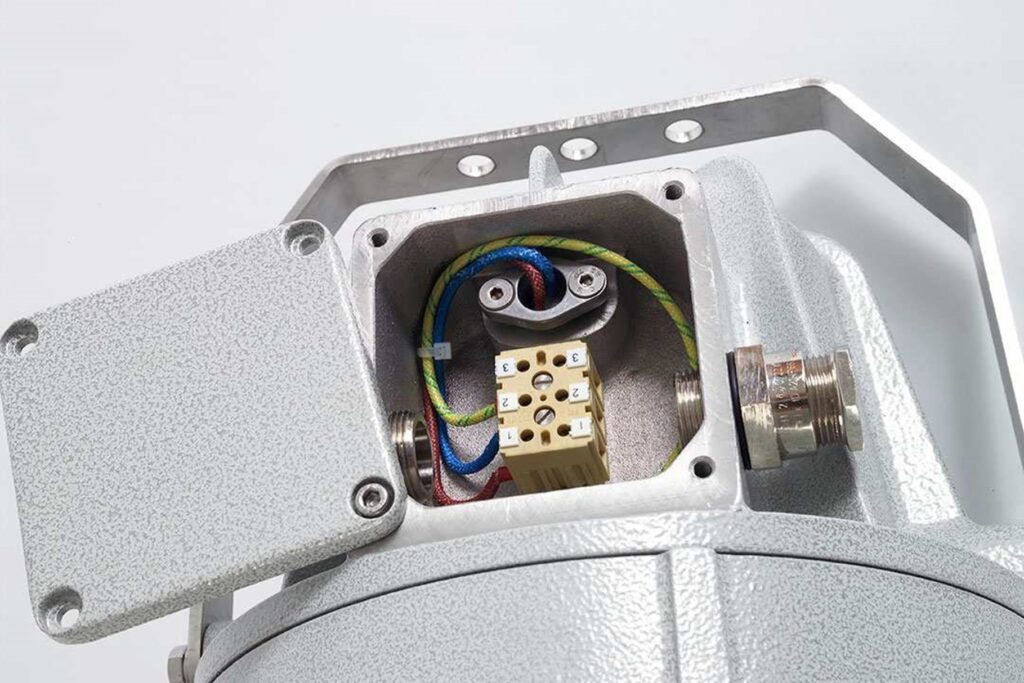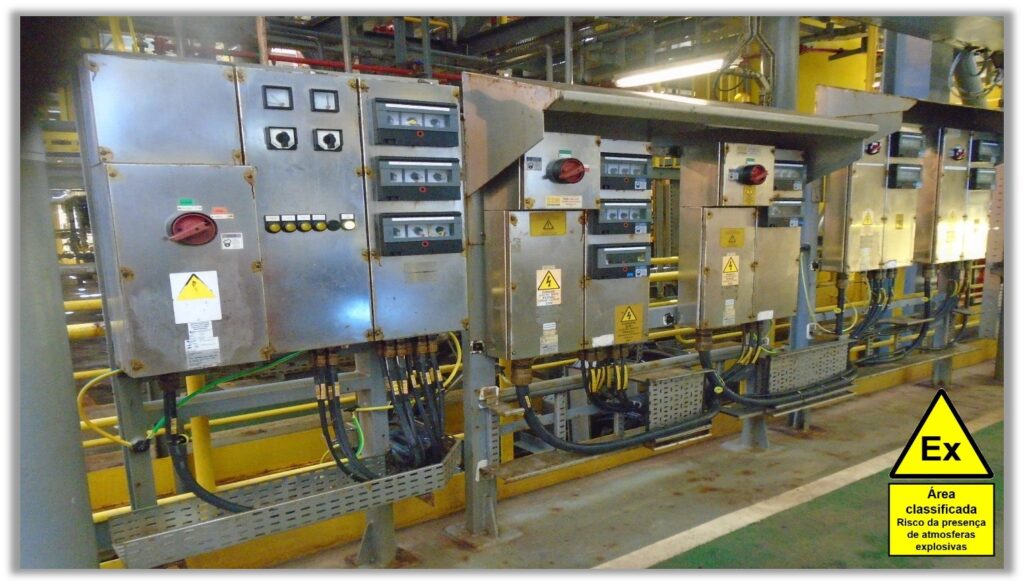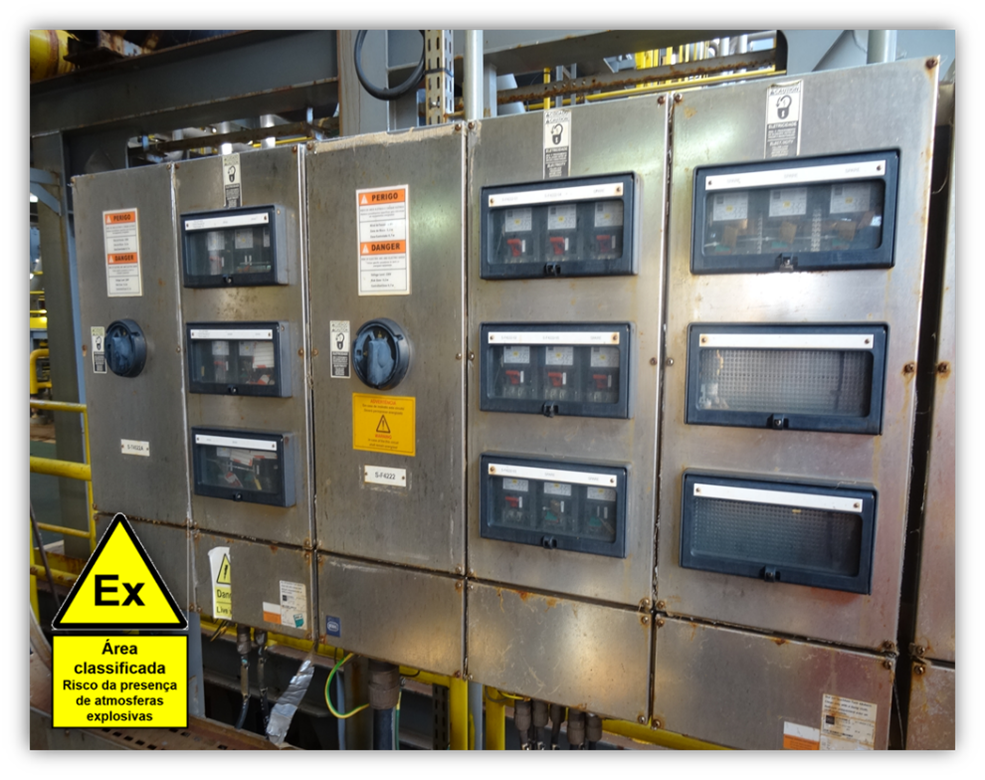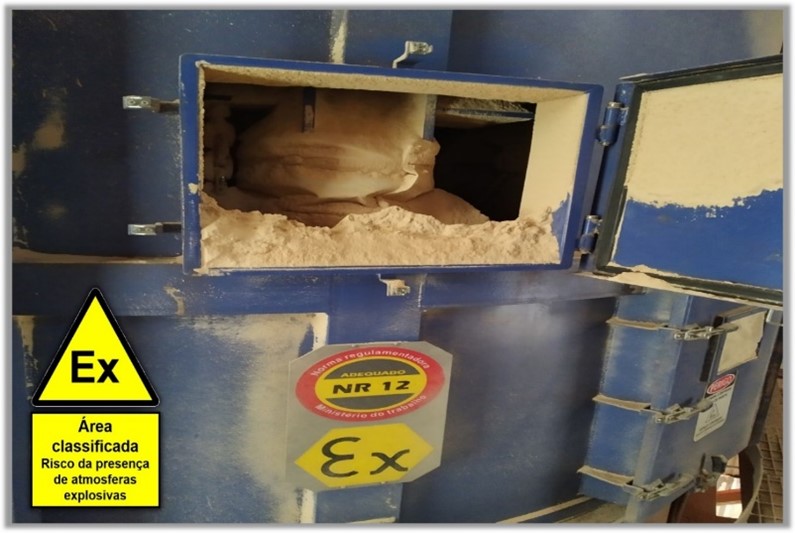Advantages of Indirect Cable Entry in Explosion Proof Metallic Equipment – Part 3/3
This Part 3/3 of this Article is a continuation of Part 1/3 and 2/3, published previously. Indirect cable entries into “Ex” metal enclosures with “explosion-proof” (Ex “db”) types of protection with “increased safety” (Ex “eb”) junction boxes, with combined Ex “db eb IIC Gb” protections provide, among others, the benefits of increased “Ex” field service […]
Advantages of Indirect Cable Entry in Explosion Proof Metallic Equipment – Part 3/3 Read More »

